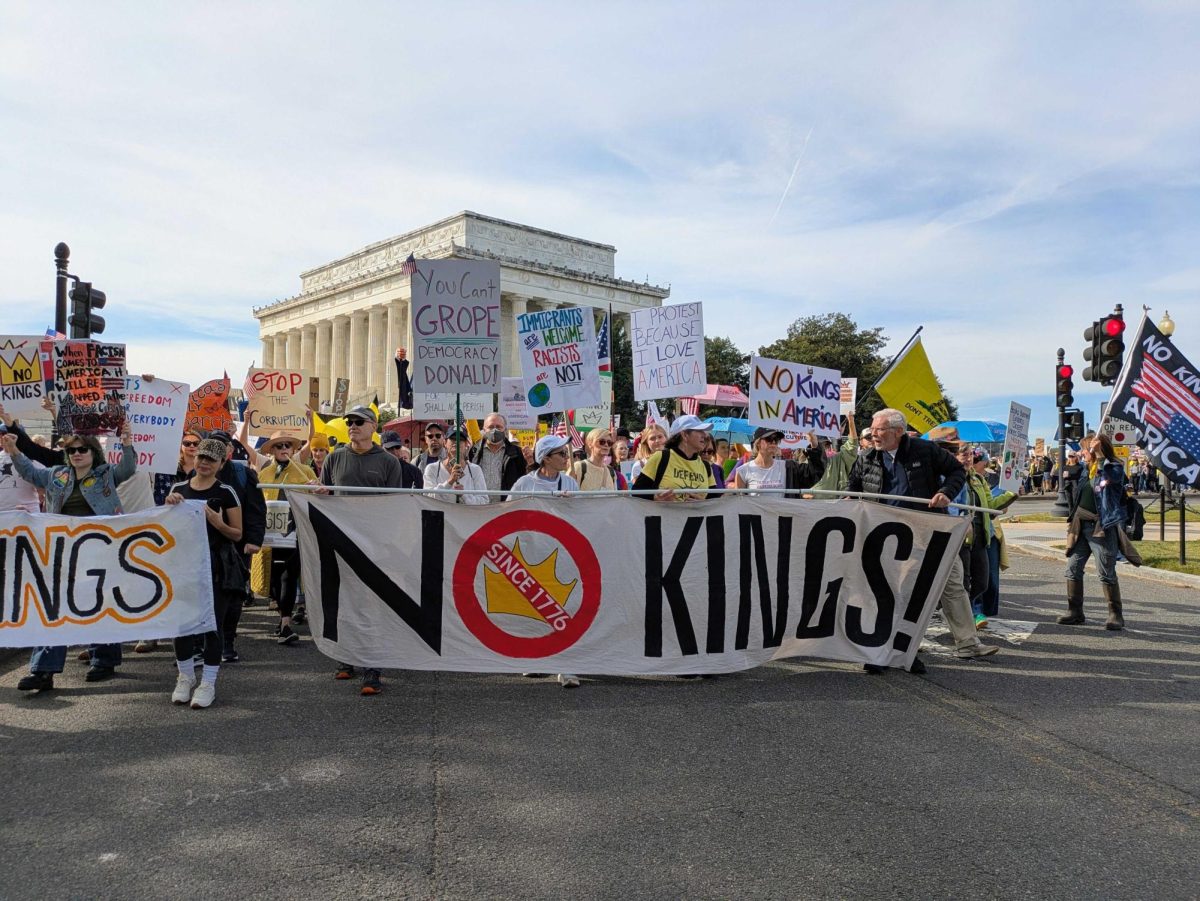Discussing the importance of the ERA
How full gender equality cannot be reached without federal policy change
November 16, 2021
It’s 2021, and it appears as though we have more equality across gender, sexual orientation, religion, race and ethnicity than ever, right?
Well, we should, but we don’t.
Our society has created a façade of equality. On the surface, it looks like everyone has equal rights. After all, women aren’t restricted to the domestic sphere, same-sex marriage is legal, and the prevalence of open discrimination isn’t enough to cause serious outcry in everyday life.
However, there are so many cracks in this façade that it might as well not even exist.
For one, there is no sweeping, federal legislation in place to prevent discrimination on the basis of gender identity. And, as intersectionality exists with everything, there is no legislation to prevent these intersections of race, ethnicity, sexual orientation and religion from exacerbating the gender discrimination that individuals face.
Legal discrimination based on gender is certainly not a thing of the past, although progress has been made in the last several decades. There is a piece of legislation that hasn’t been passed into law but would protect individuals in the United States from gender-based discrimination and the further exacerbation of it based on race, ethnicity, religion and sexual orientation. This is the Equal Rights Amendment
The Equal Rights Amendment (ERA) was first introduced by activist Alice Paul in 1923 to further expand the rights guaranteed in the U.S. Constitution to both genders.
It has been ratified by 38 states, passing the two-thirds majority needed for it to become federal law in January 2020. Still, it has not been codified into law.
Without this amendment, the Constitution doesn’t explicitly guarantee that the rights it protects are equally held for all citizens without regard to gender. The word “woman,” or nonbinary person, for that matter, is not mentioned once in the U.S. Constitution.
Many will argue that this is because times have changed, and society has progressed. But, how can the times continue to change if the legislation doesn’t reflect this change?
Social change can only go so far – the policy in place needs to back it up.
Currently, two paths are available for the ERA to be ratified in the U.S. Constitution: the Three-State Strategy and the Begin Anew Strategy.
The Three-State Strategy removes the time limit originally placed on the amendment in 1972 when it was first introduced in Congress.
The Begin Anew Strategy would begin the entire process of ratifying the ERA over again, undoing the action of the 38 states that have ratified it since 1972.
This would mean that the U.S. Senate and House of Representatives would need to pass the amendment’s legislation and send it to the states for ratification by each state legislature.
So, why has the process of ratifying the ERA been so long and drawn out? Well, for one, the fear of change prevents people from actually seeing that change can be good.
There is no part in the Constitution that guarantees the protection of women’s rights, and it has been that way since its ratification in 1788.
So, why change it now when the purpose of the ERA has virtually been fulfilled through other legislation and social change?
I’ll tell you why – basic human rights that women are entitled to can be violated without the ratification of the ERA.
This means that a woman’s right to choose can be denied to her. With the ERA, that cannot happen. It also means that a woman’s right to work outside of the home, a woman’s right to own property, a woman’s right to simply have her own bank account could be revoked at any time.
I’m not saying it will, but it could happen if the wrong people are in power.
With the ERA, the protection of women’s rights at a federal level is set in stone. Without this, we will not reach true gender equality.
MADELINE BRUCE



